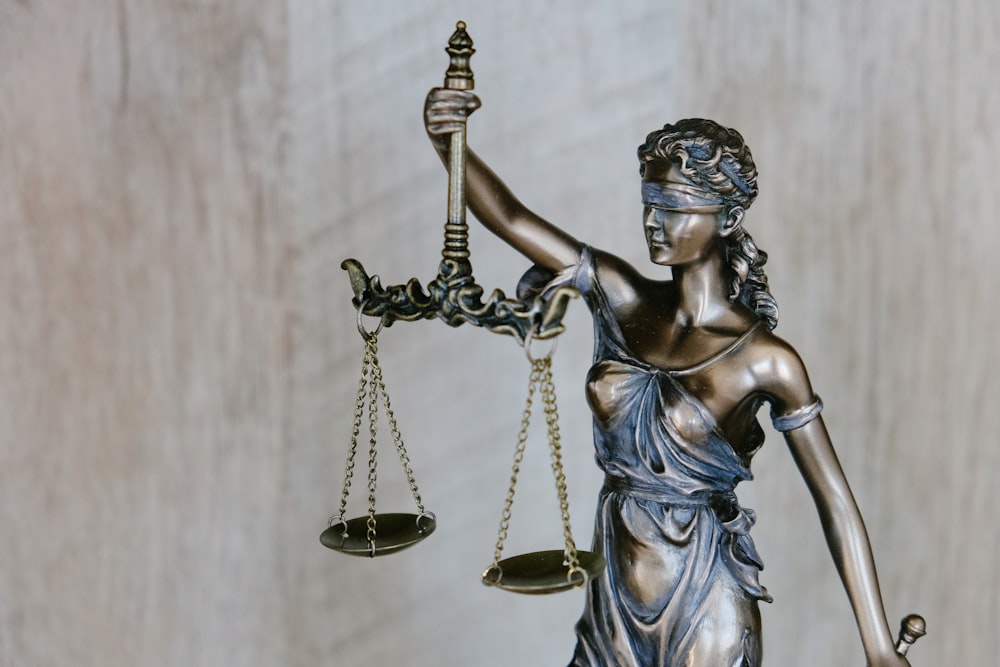Demystifying Punitive Damages in Legal Proceedings
Understanding Legal Damages: A Comprehensive Guide
In the realm of legal proceedings, the concept of damages plays a pivotal role in seeking redress for wrongs suffered. From personal injury cases to contractual disputes, understanding the intricacies of legal damages is essential for both plaintiffs and defendants alike.
Navigating the Landscape of Legal Damages
Legal damages encompass a wide array of compensations awarded to parties who have suffered harm or loss due to the actions or negligence of others. These damages serve to restore the injured party to the position they were in before the wrongdoing occurred, to the extent possible. However, the landscape of legal damages is multifaceted, comprising various types and calculations.
Types of Legal Damages
One of the fundamental distinctions in legal damages lies between compensatory and punitive damages. Compensatory damages aim to reimburse the plaintiff for the actual losses incurred, including both economic damages such as medical expenses and lost wages, and non-economic damages like pain and suffering. On the other hand, punitive damages, also known as exemplary damages, are intended to punish the wrongdoer and deter similar misconduct in the future.
Calculating Legal Damages
Calculating legal damages involves a meticulous assessment of the harm suffered by the plaintiff. Economic damages are relatively straightforward to quantify, often based on tangible evidence such as bills and receipts. However, non-economic damages, such as emotional distress or loss of companionship, pose greater challenges in valuation, requiring the consideration of various subjective factors.
Legal Damages in Practice
In practice, legal damages are awarded through negotiated settlements or judicial decisions. Attorneys play a crucial role in advocating for their clients’ interests, presenting evidence, and crafting persuasive arguments to support their claims for damages. Moreover, judges or juries determine the amount of damages based on the evidence presented and applicable legal standards.
Challenges in Proving Damages
Proving damages in legal proceedings can be a daunting task, particularly when it comes to non-economic losses. Plaintiffs must demonstrate a causal link between the defendant’s actions and the harm suffered, often relying on expert testimony and documentary evidence to substantiate their claims. Moreover, defendants may challenge the extent or validity of the damages sought, leading to protracted litigation.
Recent Trends and Developments
The landscape of legal damages is continually evolving, shaped by legislative reforms, judicial decisions, and societal trends. Recent years have seen an increasing emphasis on punitive damages in cases involving egregious misconduct or corporate malfeasance. Furthermore, courts have grappled with novel issues such as digital privacy violations and environmental harm, expanding the scope of recoverable damages.
Strategies for Maximizing Recovery
For plaintiffs seeking to maximize their recovery, strategic considerations play a crucial role in pursuing damages claims. From gathering evidence and engaging expert witnesses to negotiating settlements and preparing for trial, a comprehensive approach is essential to achieving a favorable outcome. Conversely, defendants must assess their potential exposure to damages and explore avenues for mitigating liability.
Conclusion
In conclusion, understanding legal damages is essential for navigating the complexities of the legal system. Whether seeking compensation for injuries sustained or defending against unwarranted claims, a thorough grasp of the principles and practices governing damages is indispensable. By leveraging strategic advocacy and staying abreast of legal developments, parties can effectively assert their rights and interests in pursuit of justice. Read more about Legal damages













